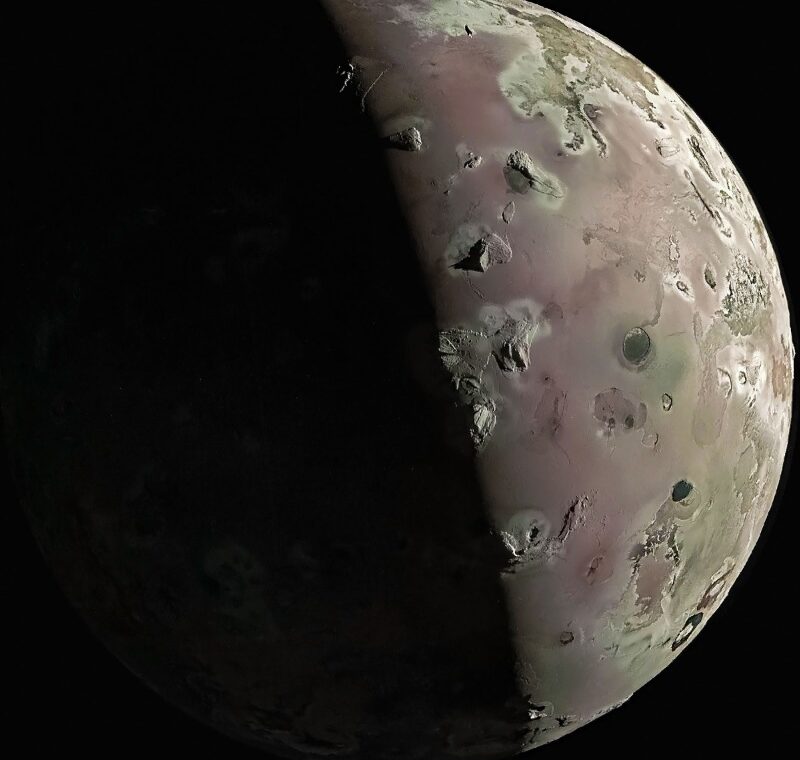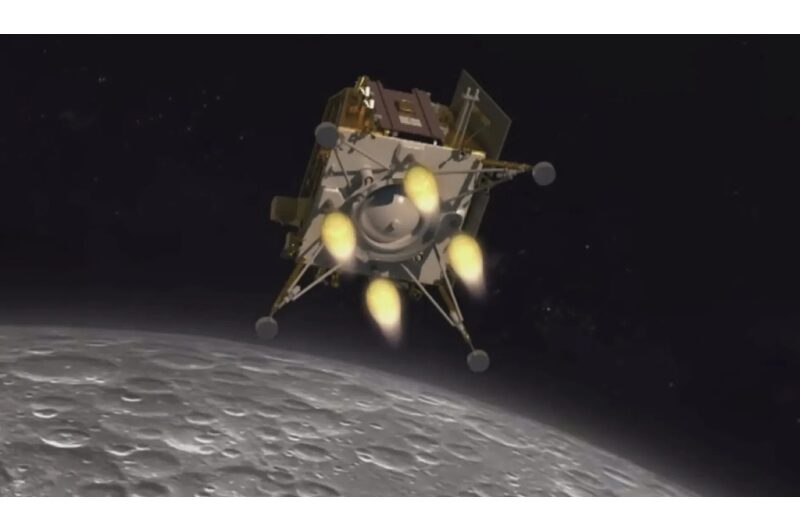A close-up photo of Jupiter’s Moon Io, captured by the Juno spacecraft on February 3 during its last close flyby, was recently released by NASA. The spacecraft got close to Io-about 1,500 kilometers away-and took a close-up picture. One of Jupiter’s largest moons, Io, showed off orange, brown, and yellow hues. Its surface was shadowed by mountains, lava flows, and volcano calderas.
“Our @NASASolarSystem Juno spacecraft completed its last close flyby of Jupiter’s moon Io on Saturday, February 3. This second visit was at a distance of roughly 930 miles (1,500 kilometers), or the distance from New York to Orlando, Florida, similar to the last flyby on December 30, 2023, NASA said in an Instagram post.
The special qualities of Io:
NASA revealed that Jupiter and its massive moons’ gravitational pull causes Io to undergo extreme heat and tidal heating. As a result, beneath the rocky surface of Io, there is a magma ocean and volcanic activity. Lava lakes and eruptions are produced on the moon’s surface as a result of the gravitational pull of Jupiter and nearby moons.
“Io is caught in a tug-of-war between Jupiter’s powerful gravity and the smaller pull from two neighbouring moons, churning its insides and creating eruptions and lakes of lava that cover its surface,” the caption explained.
Scientific objectives:
Through these recent flybys, NASA hopes to learn more about the volcanic processes on Io and explore the possibility of a worldwide magma ocean beneath its rugged surface. After being launched in August 2011 and reaching Jupiter in July 2016, the Juno spacecraft has been researching Jupiter and its moons ever since.
Importance of Juno’s connection:
It was one of the closest flybys of the moon, giving comprehensive photographs of Io’s surface on December 30, 2023. The information gathered from these encounters will help us comprehend the geological characteristics of Io and how Jupiter’s gravity affects the moon.
Topics #galaxy #Juno #Jupiter's moon #Moon #NASA #news #space #spacecraft #Universe










